Try The Trend – Turn Any Bed Into A Keyhole Garden With This Clever In-Ground Composter
Keyhole gardening is an efficient and sustainable practice that saves space. Get started on this DIY project quickly and easily with an in-ground composter.
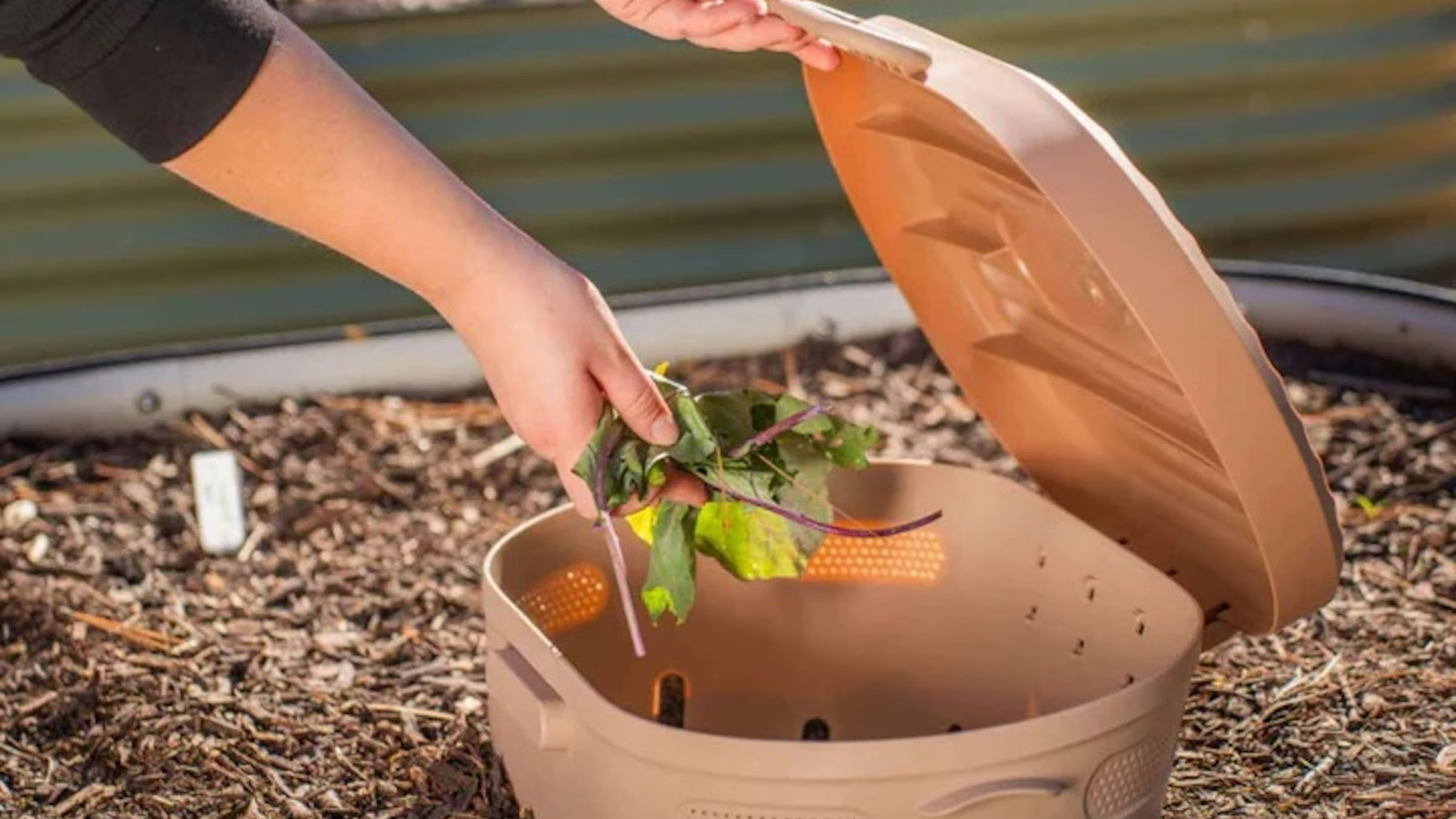

A keyhole composting garden bed is one of the up and coming clever concepts for the landscape. It focuses on processing garden and kitchen scraps into compost, but in a new and innovative way. Essentially the keyhole garden kit uses an in-ground composter to sustain and nourish plants in the location. You can purchase these in the Gardening Know How Shop or build your own DIY keyhole garden. The practice also includes elements of lasagna gardening and can be customized to individual requirements.
What Is Keyhole Gardening?
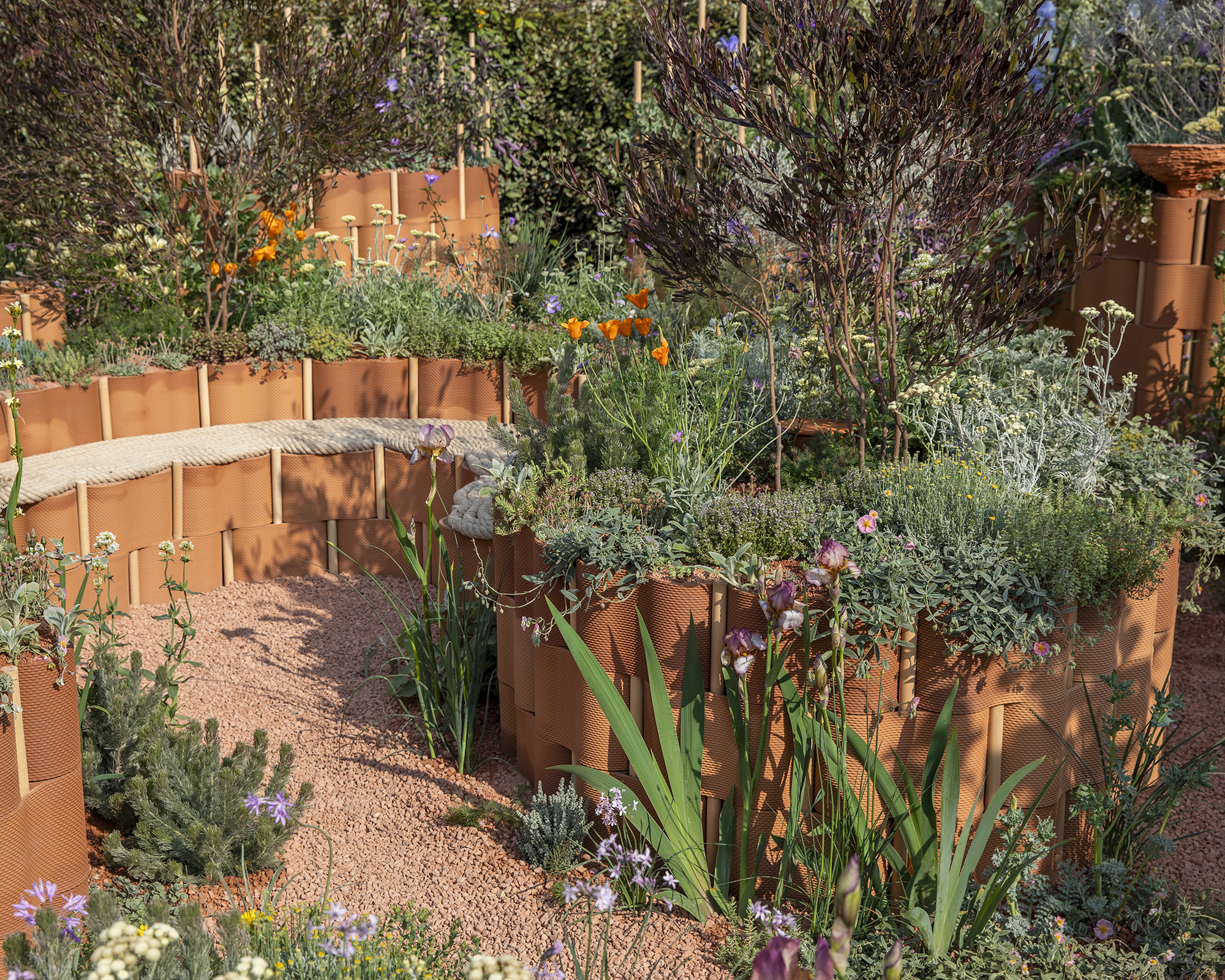
The keyhole garden concept originated in Africa and was intended to increase fertility and enhance moisture retention in poor soil. This type of permaculture gardening worked so well the idea has spread worldwide. A keyhole garden is usually a round raised bed with a pie shaped wedge cut out of it. This area allows the gardener to enter the space without trampling and compacting the bed’s soil.
It is in the center of the bed where the key to the whole affair resides. It is a basket or other porous container that sits at the core of the garden. This is where garden and kitchen waste are placed. Water may also be added. This waste will be broken down by worms and other beneficial composters. You can purchase worms for vermicomposting or just let your local worms take over the process. The newly transformed organic matter moves through the garden with the insect’s movements.
Benefits Of Keyhole Gardening
The organic matter that results means the bed doesn’t have to be fertilized. Since it is a raised bed, it is perfect for those who have difficulty bending. The gardens are normally bordered by brick, stone, or cement. These materials capture solar energy making the soil warmer earlier in the growing season, and later into the fall.
When the gardener weeds, and harvests, those green parts that aren’t needed are tossed right into the compost basket. There is no need to haul the carrot tops and other veggie detritus elsewhere. It all stays there and becomes nutrient rich soil.
Turn Any Bed Into A Keyhole Garden With An In-Ground Composter
Gardening Know How has a shop filled with wonderful gardening goodies. Among these is a simple yet effective DIY keyhole garden component. The Vego in-ground worm composter is made of BPA free plastic and comes in several colors. You simply bury the composter in the soil and lift the lid to add organic scraps. The worms and other good guys in the soil will do the rest.
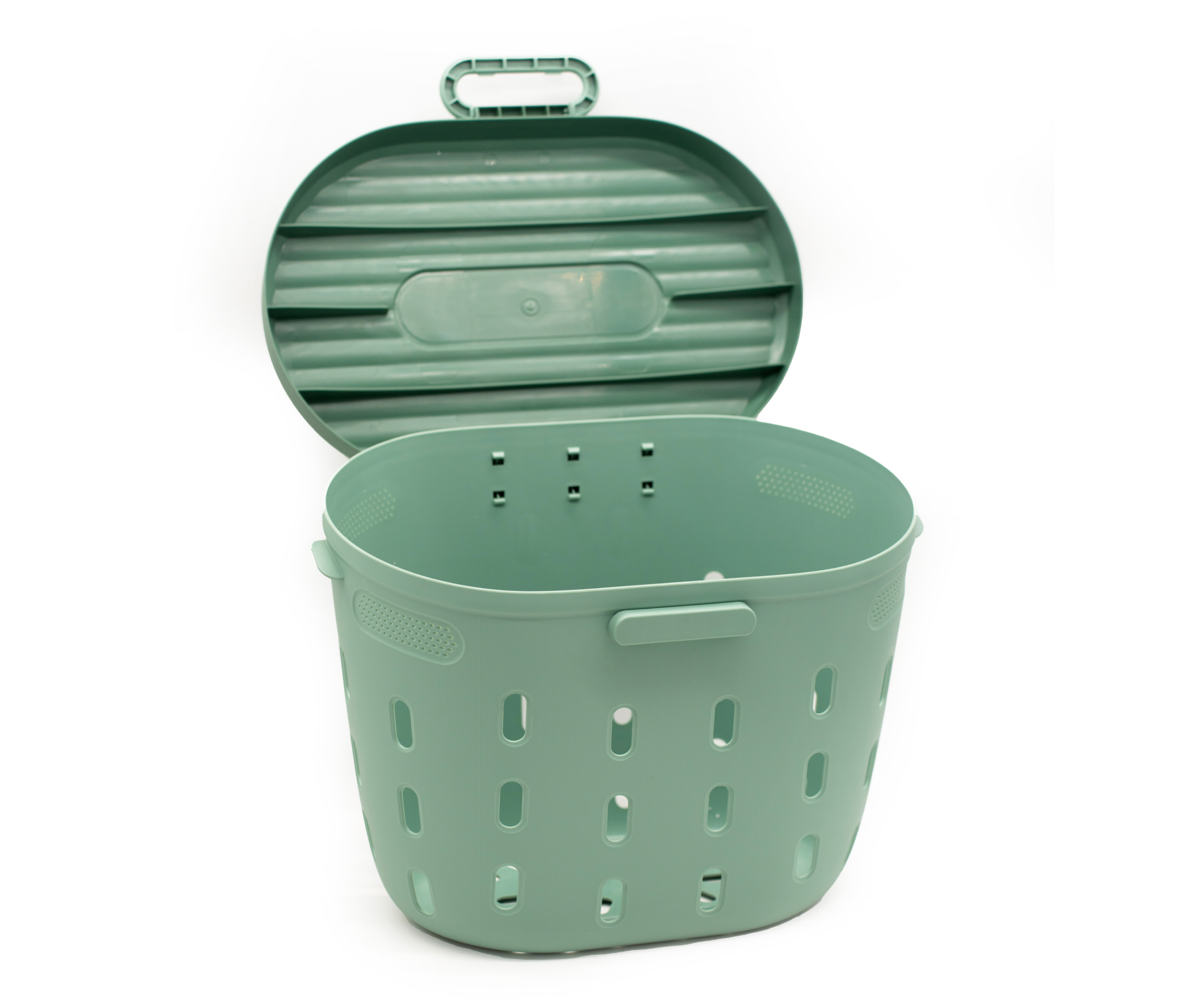
How To Make A Keyhole Garden
A keyhole garden DIY starts with border material. There is no need to level, till, or do anything else with the soil because you will be adding material into the garden. You can make the garden any size but, for the composter we carry, 6.5 feet (2m.) is ideal. Build your border as tall as you would like it but make sure to leave a wedge area where you can walk in and tend the garden as well as add compostable items to the basket.
Gardening tips, videos, info and more delivered right to your inbox!
Sign up for the Gardening Know How newsletter today and receive a free copy of our e-book "How to Grow Delicious Tomatoes".
Once you have the area bordered you may fill it with soil or make a lasagna bed with shredded newspaper, straw, manure, and other layered organic amendments. Center your composting basket and fill it partially with straw or thatch to help trap water. There are many varieties of compost bins. You can purchase the basket or make a structure from wire fencing, mesh, or chicken wire. Begin adding compost to the basket. In about a month the new site will have broken down into nice soil ready for planting.
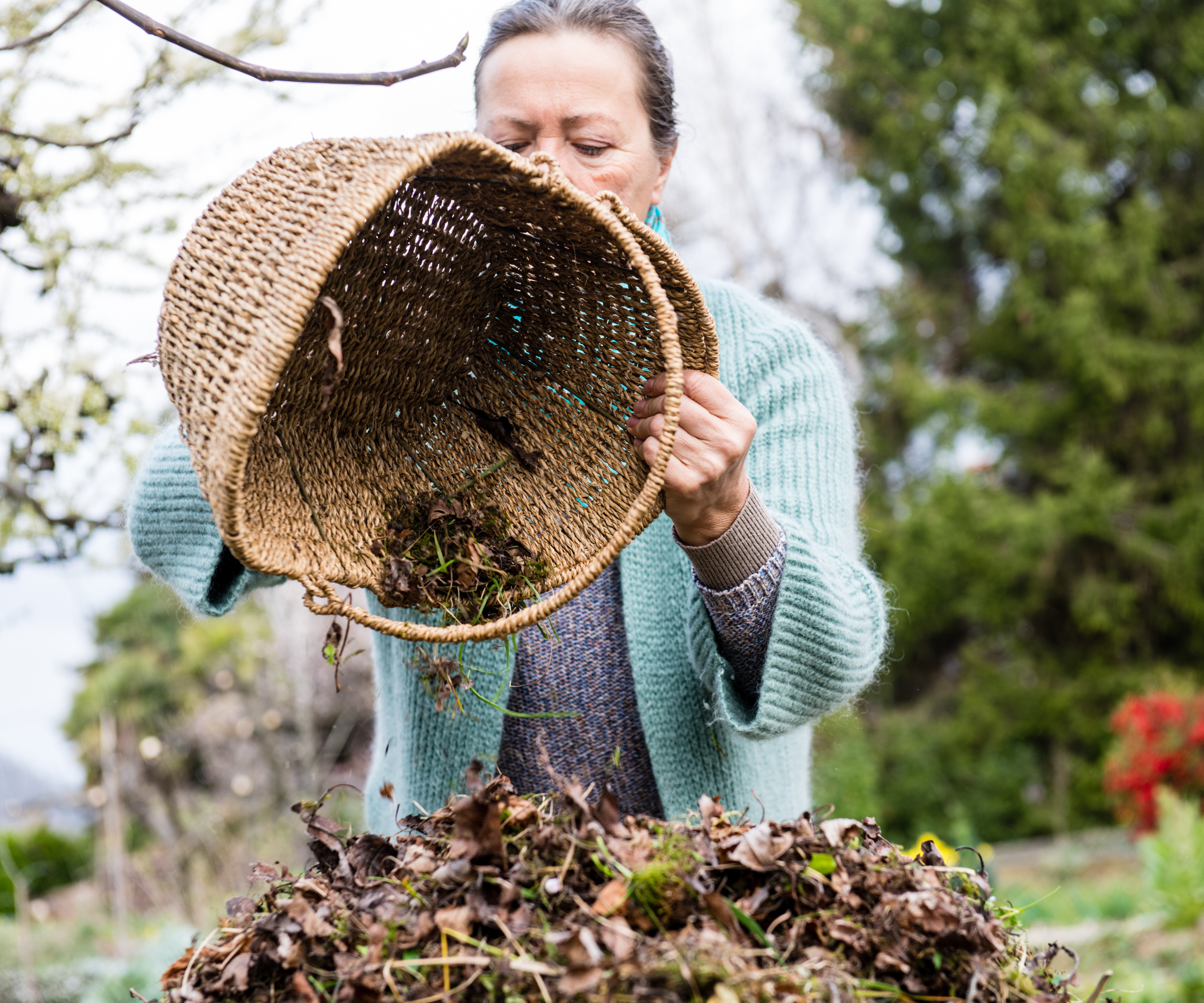
Frequently Asked Questions
Do keyhole gardens really work?
Yes! In the poor soils of South Africa where the concept originated, three keyhole gardens feed a family of 10. That sounds pretty successful to me. The practice also appeals to my lazy side since everything is happening in one location.
How deep does your keyhole garden need to be?
The bed can be as tall as you wish but from an ease of maintenance standpoint, it should be as high as you are. This makes the idea excellent for those in wheelchairs or with other physical impediments. You can also make it as tall as you are standing. Really it just depends how much organic material you have to make the lasagna garden. On average, most keyhole gardens are 2.5 feet (.76 m.) tall.
How do you layer a keyhole garden?
You can start with a base layer of broken crockery, animal bones, or small stones to enhance drainage. This is covered in alternating layers of items like soil, wood ash, wood chips, straw, grass clippings, shredded paper, manure, and other organic items that will break down quickly. Avoid organic pieces that are large as they take too long to compost and turn into soil. If the bed is kept moderately moist, these organic layers will break down, combine, and turn into excellent soil in a month or two.

Bonnie Grant is a professional landscaper with a Certification in Urban Gardening. She has been gardening and writing for 15 years. A former professional chef, she has a passion for edible landscaping.
-
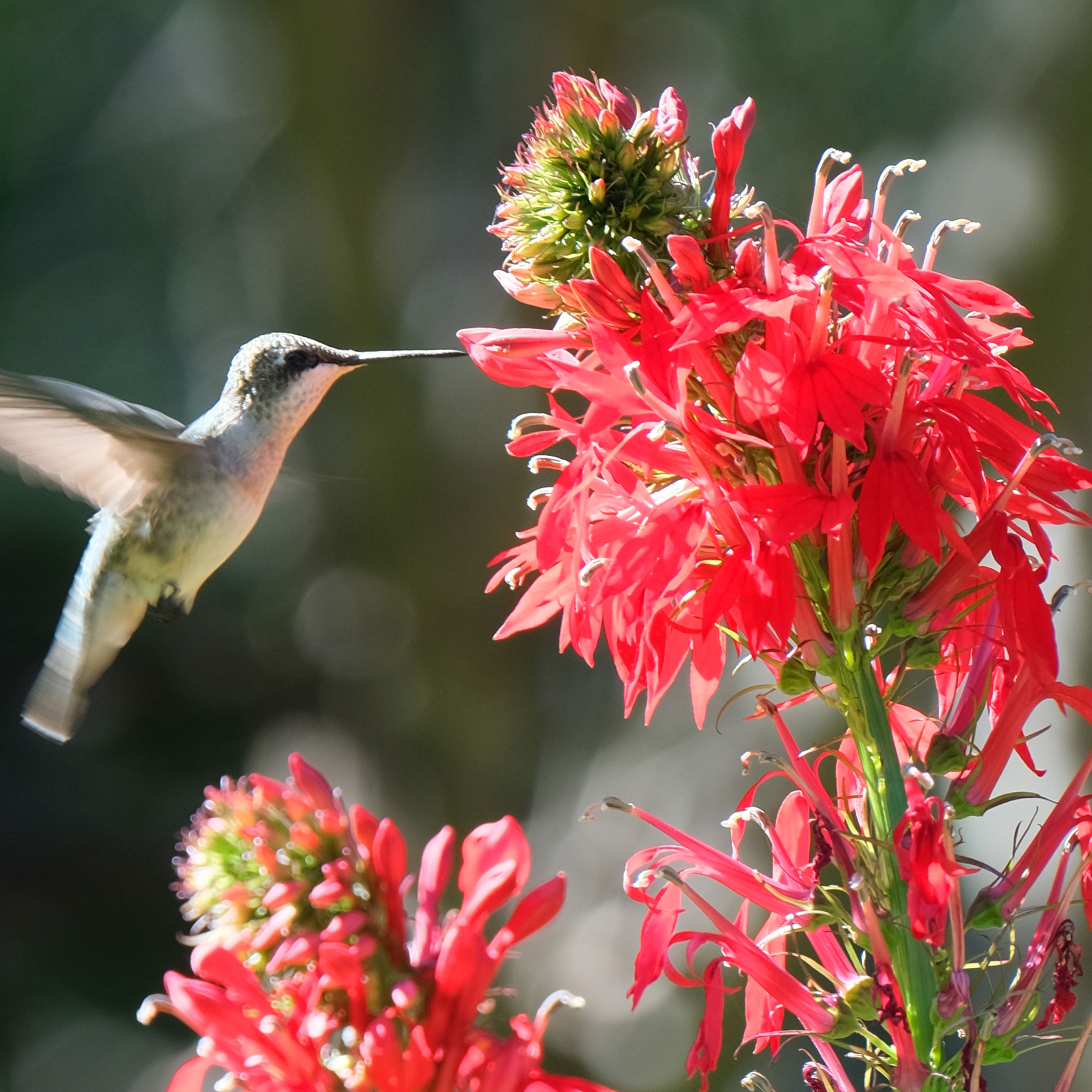 Get Ready For A Summer Of Hummers! Grow These Full Sun Hummingbird Plants and Flowers
Get Ready For A Summer Of Hummers! Grow These Full Sun Hummingbird Plants and FlowersIf you’re lucky enough to enjoy a sunny backyard, make sure you are maxing out on your pollinator opportunities and grow these full sun hummingbird plants and flowers
By Tonya Barnett
-
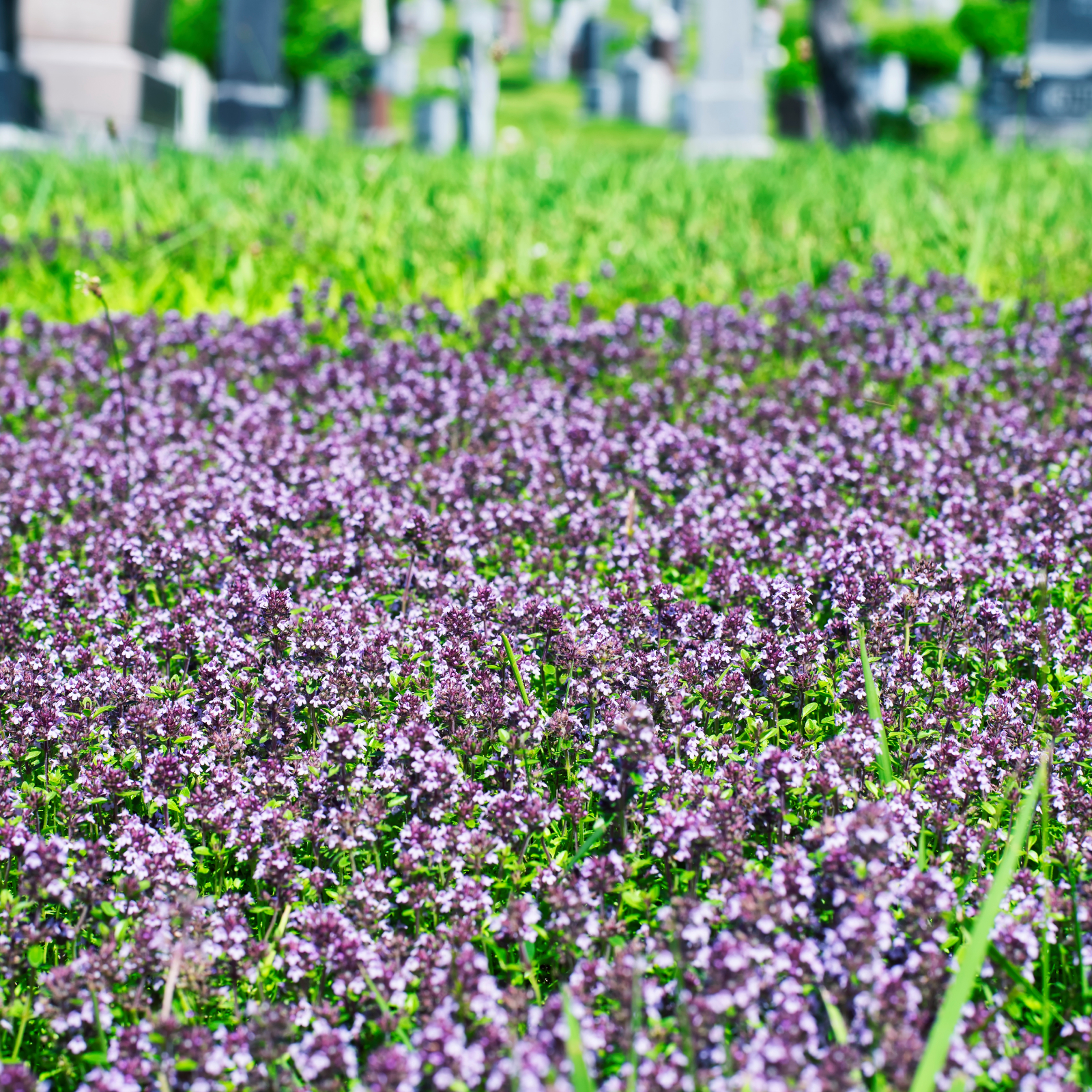 12 Lush Alternatives To A Lawn For Sustainable Spaces
12 Lush Alternatives To A Lawn For Sustainable SpacesAlternatives to a lawn are beautiful and also beneficial to your local ecosystem and its pollinators. Explore our top picks for plants to replace grass.
By Tonya Barnett